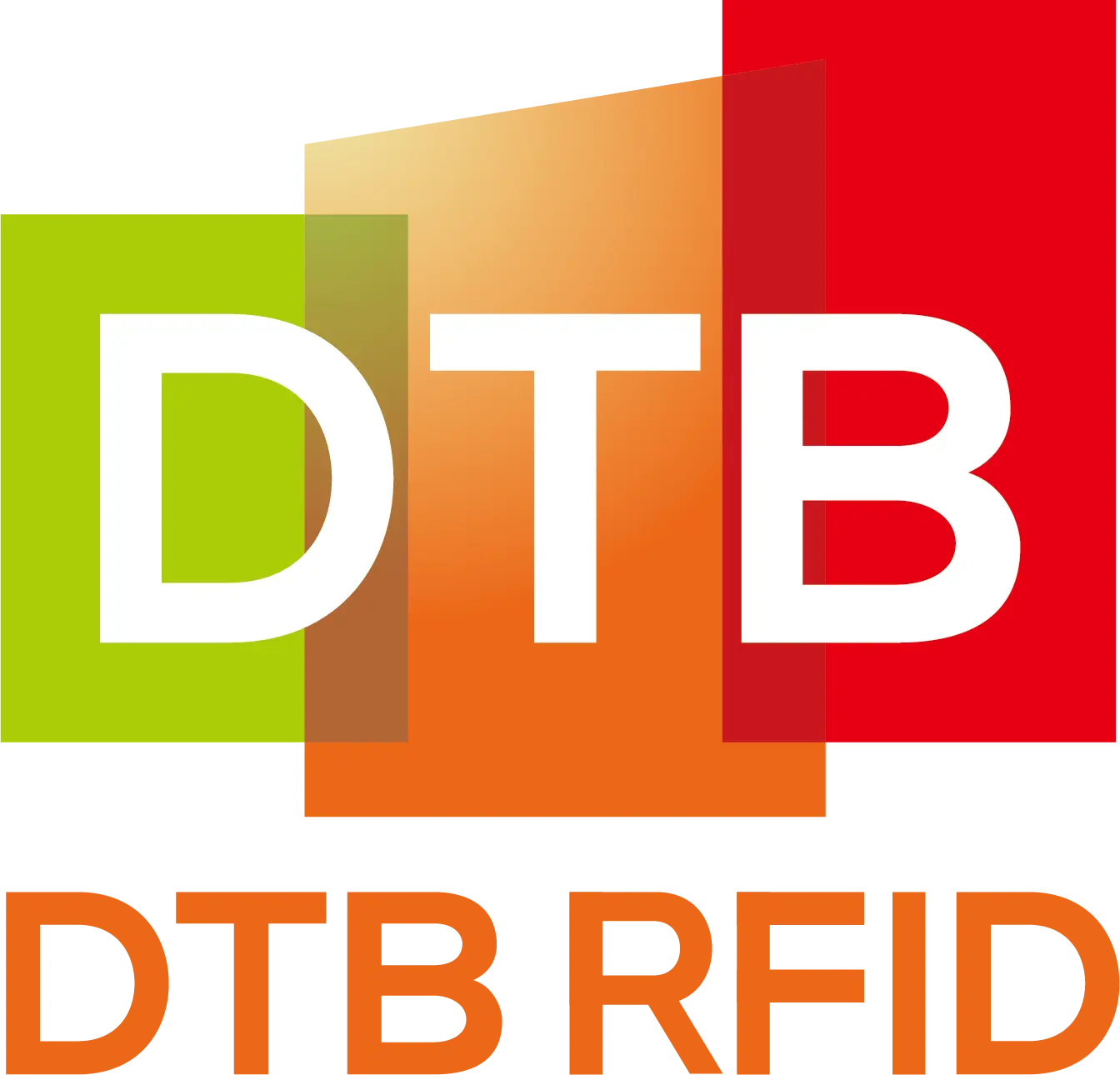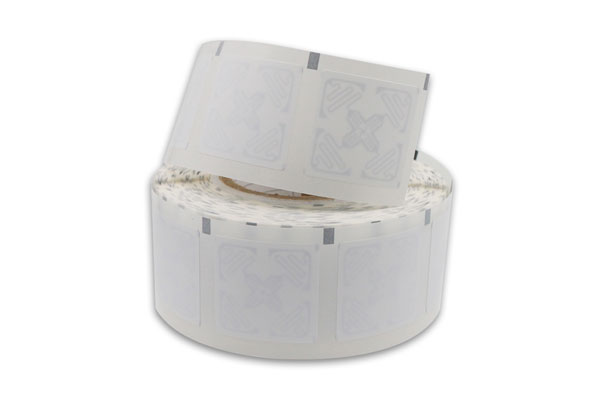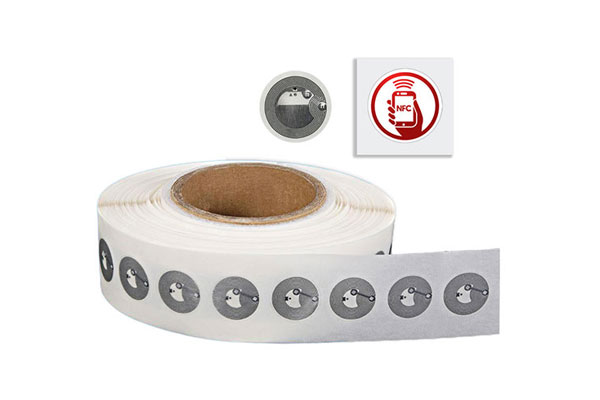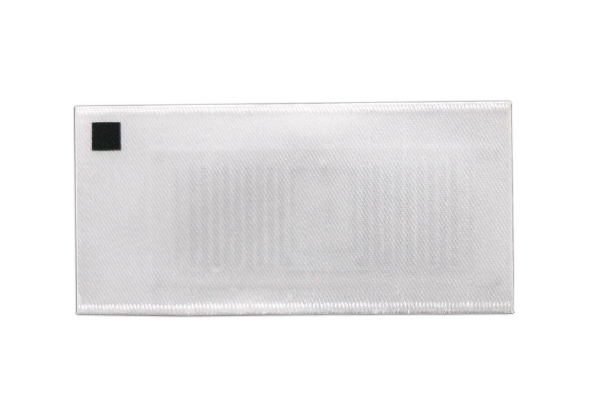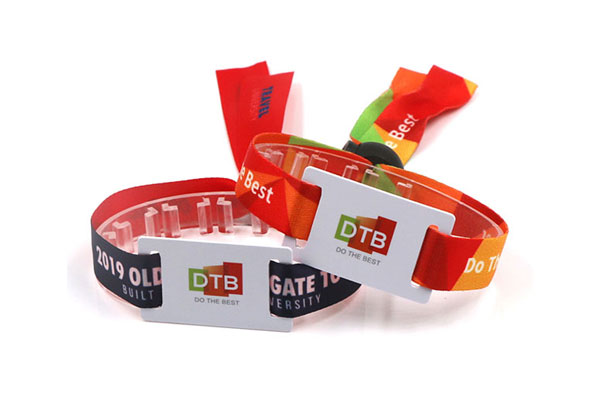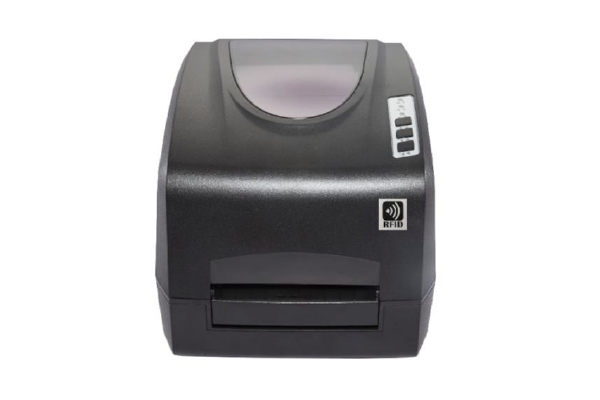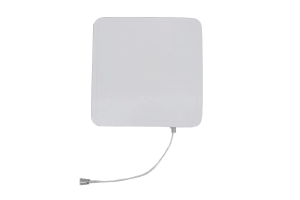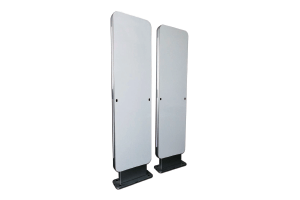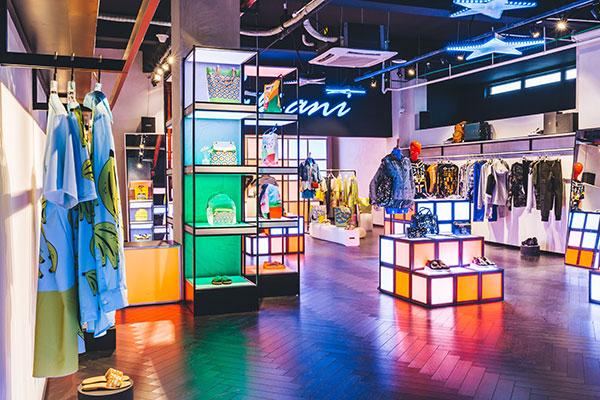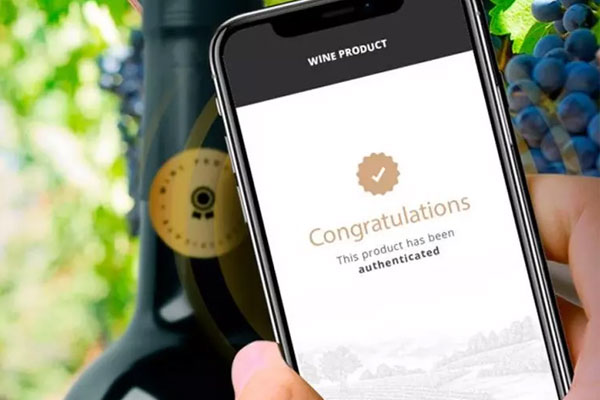The Rise of RFID in Modern Retail
In today’s fast-moving retail landscape, precision, visibility, and efficiency are critical. Gone are the days when barcodes and manual stock-taking were enough to keep up with complex supply chains and consumer demand. Radio Frequency Identification (RFID) technology has emerged as a game-changer—particularly for industries that thrive on fast inventory turnover and rich customer experience, such as fashion, footwear, accessories, cosmetics, and even beverages. Smart Tags Transform Retail, but how?
RFID tags, unlike barcodes, don’t require line-of-sight scanning. A single reader can detect dozens of tags simultaneously from a distance. These tags carry unique identifiers that can be tied to product SKUs, sizes, batch numbers, manufacturing origin, or even expiry dates. With RFID, businesses can instantly locate items, automate inventory updates, and reduce human error.
The global retail shift toward omnichannel, coupled with rising expectations for product authenticity, sustainability, and real-time stock accuracy, is fueling RFID adoption across sectors. Let’s take a closer look at how RFID tags are reshaping operations and customer experiences in apparel, shoes, fashion accessories, cosmetics, and beverages.
Apparel and Footwear: From Production to Fitting Room
The apparel and footwear industries were among the earliest adopters of RFID—and for good reason. Brands like Zara, Nike, and Decathlon use RFID to streamline production, distribution, in-store inventory, and customer service. Each garment or shoe box is tagged at the manufacturing stage, allowing the item to be tracked throughout its lifecycle.
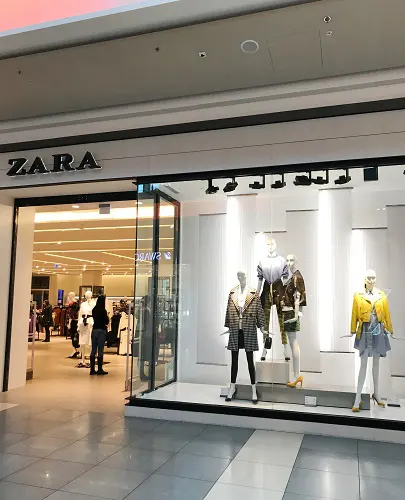
In warehouses, RFID readers installed at dock doors or conveyor belts track incoming and outgoing stock in real time. This eliminates shipping discrepancies and ensures faster replenishment. In retail stores, RFID allows staff to perform full inventory counts in minutes rather than hours, resulting in more frequent cycle counts and improved stock accuracy—often exceeding 98%.
In fitting rooms, RFID-enabled mirrors can display product information, suggest complementary items, or even let shoppers request another size without leaving the booth. Brands can also analyze how often a product is tried on but not purchased—revealing valuable insights into consumer behavior.
For footwear, RFID tags embedded in shoe boxes or soles help manage inventory and prevent theft. Some brands even use them to track how long shoes are worn during in-store trials, supporting product testing or customer profiling. In busy flagship stores or during flash sales, RFID ensures fast, accurate transactions and shorter lines by integrating with POS systems and mobile checkout stations.
Fashion Accessories and Luxury Items: Authenticity and Anti-Theft
In the world of high-end fashion accessories—handbags, sunglasses, watches, belts—product authentication and theft prevention are key concerns. RFID tags serve a dual purpose here: enabling efficient stock tracking while also acting as invisible security seals.
For luxury brands, RFID tags embedded discreetly into lining, tags, or clasps offer a way to verify authenticity at any point in the supply chain. Counterfeiting is a multi-billion-dollar issue, and RFID gives both retailers and consumers a tool to fight back. Brands can provide customers with apps or verification kiosks where the authenticity of an RFID-tagged item can be confirmed with a single tap.
Retailers also use RFID for shelf replenishment, tracking which items are selling and which are being handled frequently but not purchased. This helps with both layout optimization and real-time inventory accuracy. RFID-enabled displays can also trigger digital signage or audio-visual content when specific items are lifted—adding an experiential touch to the shopping process.
In security, RFID integrates with Electronic Article Surveillance (EAS) systems. Instead of separate anti-theft tags, RFID tags can serve the same purpose and deactivate automatically at checkout, simplifying the customer experience without compromising loss prevention.
Cosmetics and Personal Care: Traceability, Refills, and Smart Trials
Cosmetics, skincare, and personal care products present unique challenges—small sizes, high product turnover, and counterfeiting risks. RFID tags offer traceability down to the individual unit, enabling brands to ensure quality control, manage batch recalls, and introduce smart packaging.
At the manufacturing level, RFID labels allow precise tracking of batches, ingredients, and expiration dates. This is especially useful for products with short shelf lives or sensitivity to temperature. Retailers can monitor how long items have been on shelves, helping them rotate stock or discount products nearing expiration.
RFID also supports the growing trend of refillable and sustainable packaging. Customers can bring back RFID-tagged containers to refill stations, where tags are scanned to ensure product compatibility and track customer participation in recycling programs.
In stores, RFID-enabled testers and mirrors are being piloted to create “smart try-on” experiences. A customer picks up a lipstick, the RFID chip triggers a screen showing product details, reviews, and virtual try-on via AR technology. Brands like Sephora and L’Oréal are already exploring these integrations to combine physical and digital retail.
From an inventory standpoint, RFID prevents stockouts of fast-selling SKUs and enables precise restocking alerts. For high-value or limited-edition collections, it also deters theft by tracking item movement within store zones, including high-risk tester areas.
Beverages and FMCG: Efficiency, Counterfeit Prevention, and Consumer Engagement
Though not traditionally associated with RFID, the beverage industry—especially for alcohol, specialty drinks, and limited-edition products—is beginning to adopt RFID for traceability, marketing, and counterfeit protection.
High-value wines, whiskeys, and craft spirits are often counterfeited or sold past their intended quality window. RFID tags integrated into bottle caps, neck rings, or labels provide a digital certificate of authenticity and provenance. Brands can link these tags to blockchain records for added transparency, allowing retailers and end consumers to verify bottle origin with a smartphone.
RFID also helps with logistics. Pallets of drinks can be scanned in bulk, reducing loading errors and improving warehouse efficiency. In vending machines or smart fridges, RFID tags enable automatic recognition of items taken or replaced—ideal for office beverage delivery, hotels, and event spaces.
For consumer engagement, some companies have started using RFID-linked experiences. A customer scans a tag on a drink bottle, and it opens a digital experience: a video about the vineyard, a cocktail recipe, or loyalty program registration. These campaigns blend marketing and technology to build deeper brand connections.
RFID also supports sustainability in beverage packaging. Reusable bottles or keg systems can be tracked through the supply chain, ensuring containers are returned and reused efficiently.
One Technology, Endless Possibilities
RFID is no longer a luxury reserved for tech giants or high-end fashion houses—it’s rapidly becoming an industry standard across multiple product categories. From a jacket on a hanger to a bottle on a shelf, an RFID tag empowers brands and retailers with real-time intelligence, unmatched efficiency, and deeper consumer insight.
As more businesses seek to personalize experiences, reduce waste, and stay competitive in a data-driven world, RFID stands as a key enabler. The technology’s versatility—whether it’s powering smart mirrors in fitting rooms, authenticating handbags, enabling refillable cosmetics, or tracking wine provenance—makes it one of the most transformative tools in modern retail.
In the coming years, as RFID tags become smaller, cheaper, and more integrated with IoT and AI, we can expect even broader applications—from connected packaging to autonomous checkout systems. What’s clear is that RFID is no longer just a tag—it’s a passport into the future of smarter, more responsive retail.
